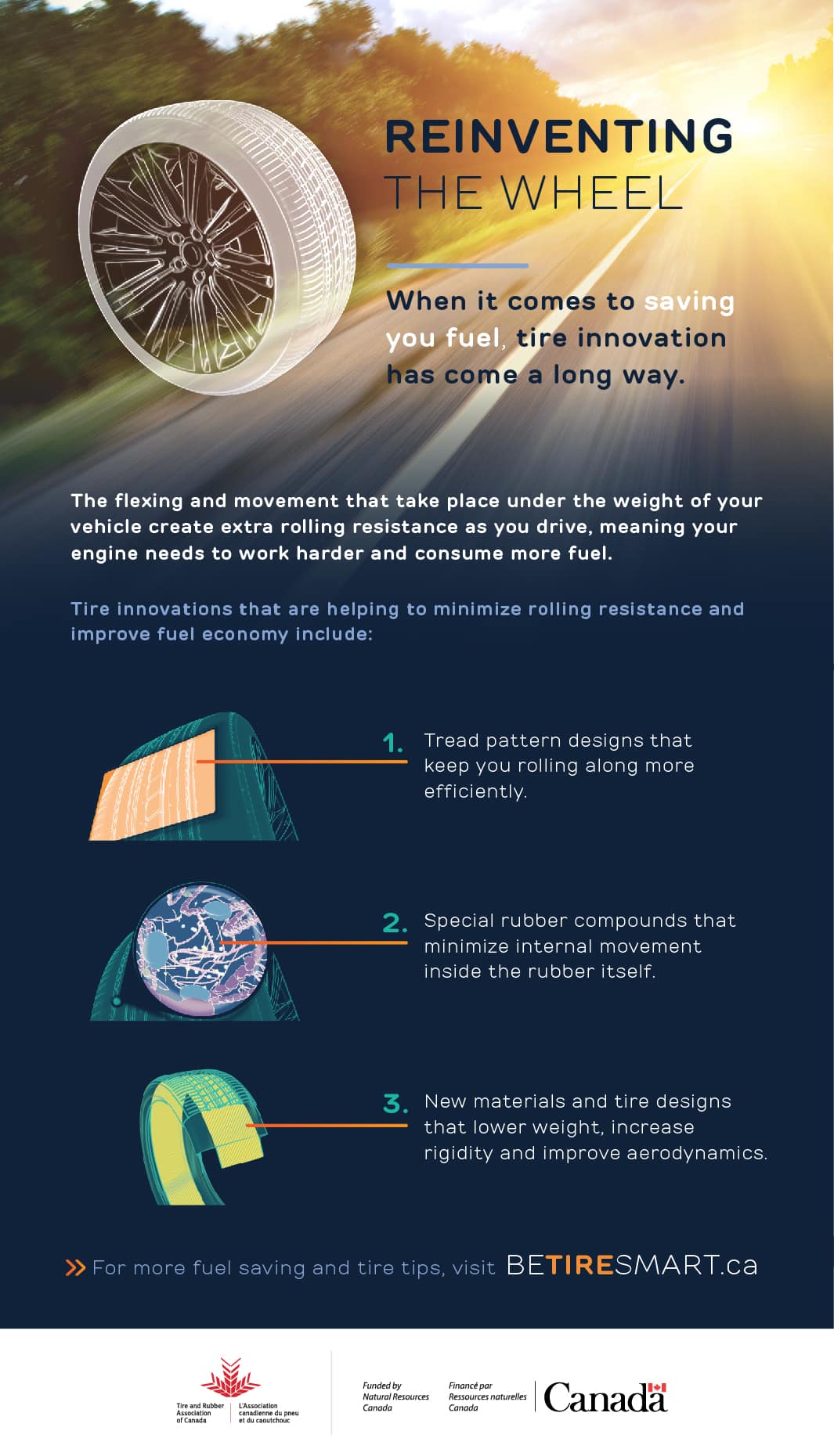
Fuel Efficient Tires TRAC
Available at TireRack.com - DiscountTire.com. Save $80 Instantly on Select Pirelli Tires. Valid through April 30, 2024. Available at TireRack.com. The Pirelli P7 AS Plus 3 is one of the best tires for fuel economy in its category, thanks to the low rolling resistance compound with functionalized polymer.
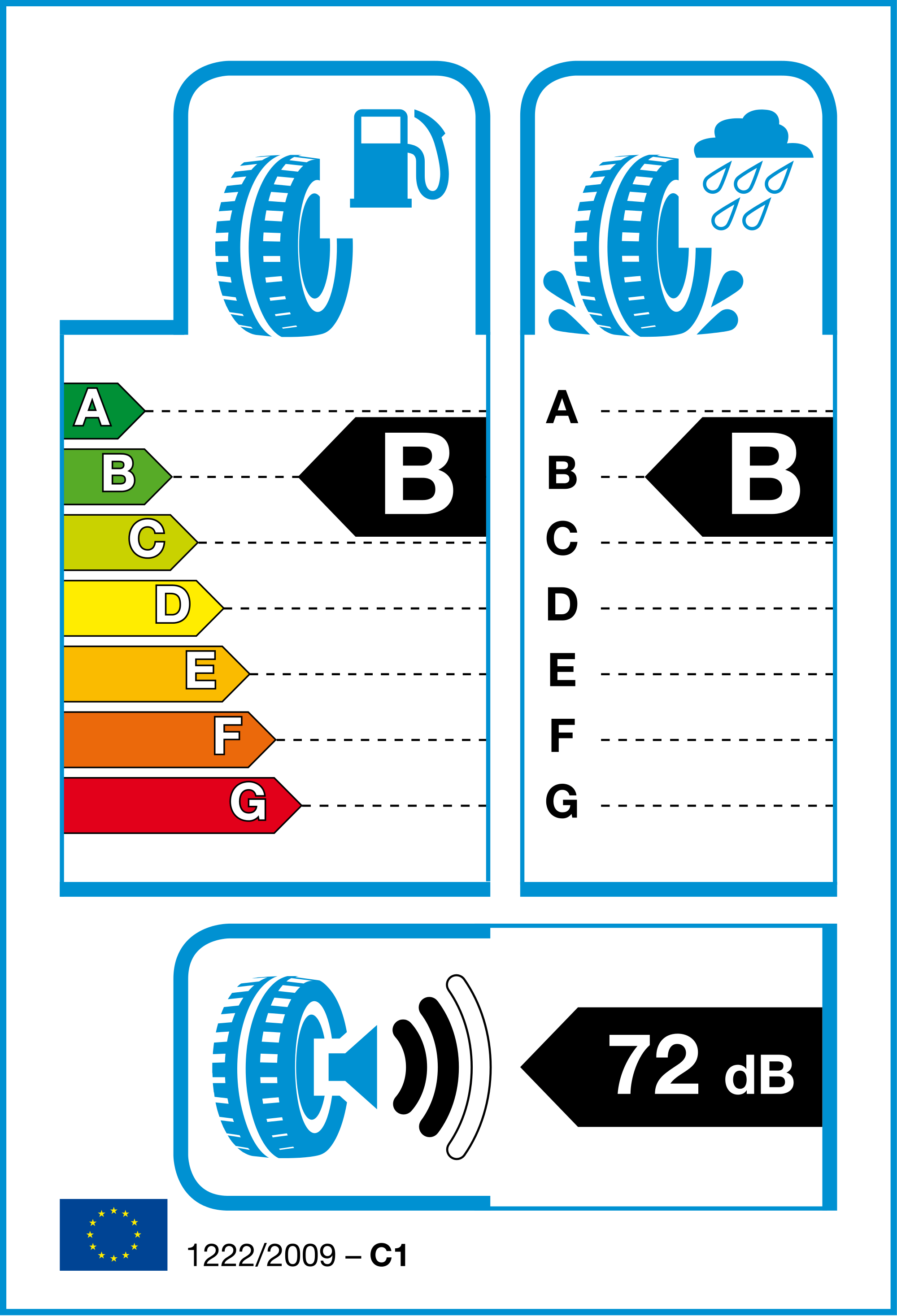
Guide to Tyre Energy Efficiency Ratings MQ Mobile Tyres
Only 35 per cent of Canadian drivers used winter tires in 1998. That figure has more than doubled in 2021. TRAC's 2021 Canadian Consumer Winter Tire Study shows that winter tire usage had grown to 76 per cent in 2021 in comparison to 2017 at 66 per cent, and 2014 at 58 per cent.Excluding Quebec, where the winter tires are mandatory, 69 per cent of the Canadian drivers will use winter tires.

Top 10 Most Fuel Efficient Tires
Keep Tires Properly Inflated. You can improve your gas mileage by 0.6% on average—up to 3% in some cases—by keeping your tires inflated to the proper pressure. Under-inflated tires can lower gas mileage by about 0.2% for every 1 psi drop in the average pressure of all tires. Properly inflated tires are safer and last longer. 2.

Best Fuel Efficient Tires Review! [2022]
Of course, once your tire has reached 4⁄32 inch, it's time to start looking for new tires, regardless of how good your fuel economy has become. And at 2⁄32 inch, it's absolutely time to.
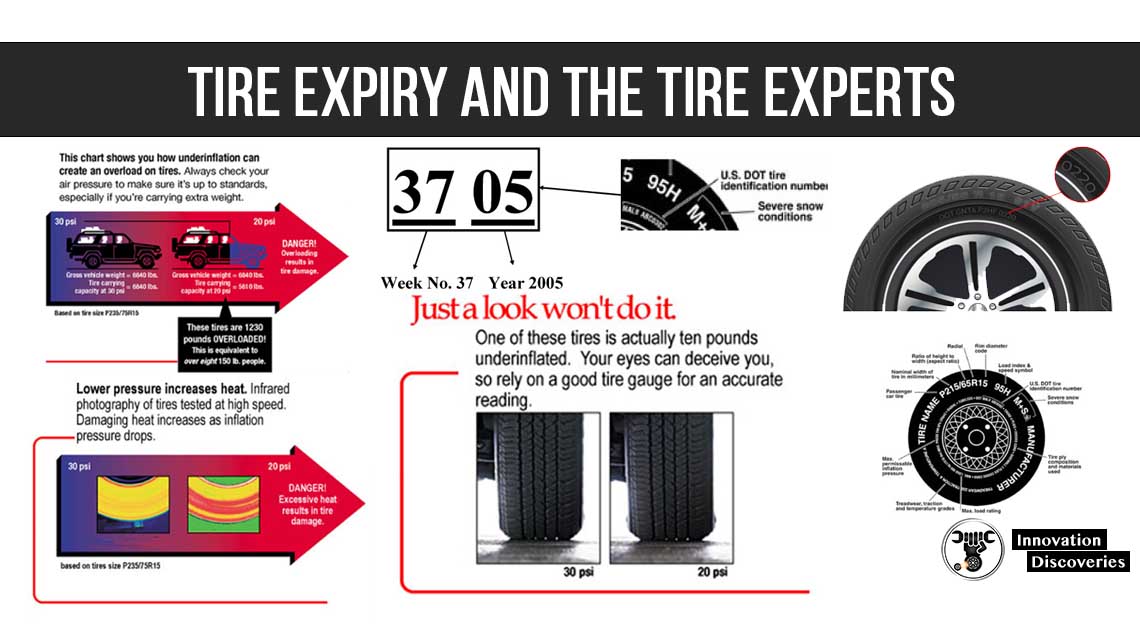
Tire and Fuel Consumption The role of tires in fuel economy
Fuel economy is a struggle for all car owners and it is important to make it a priority when upgrading tires. Brands like Goodyear, Pirelli, Firestone, and Michelin all use advanced technologies to compose eco-friendly tires that are safer for the environment. These designs are intended to improve both fuel economy and CO2 emissions.

Top 10 Most Fuel Efficient Tires
The 60,000-mile tires sound like a real bargain. But if each set of tires is mounted on a 25-mpg car that's driven 12,000 miles a year, and the low-rolling-resistance tires deliver a 2 percent.
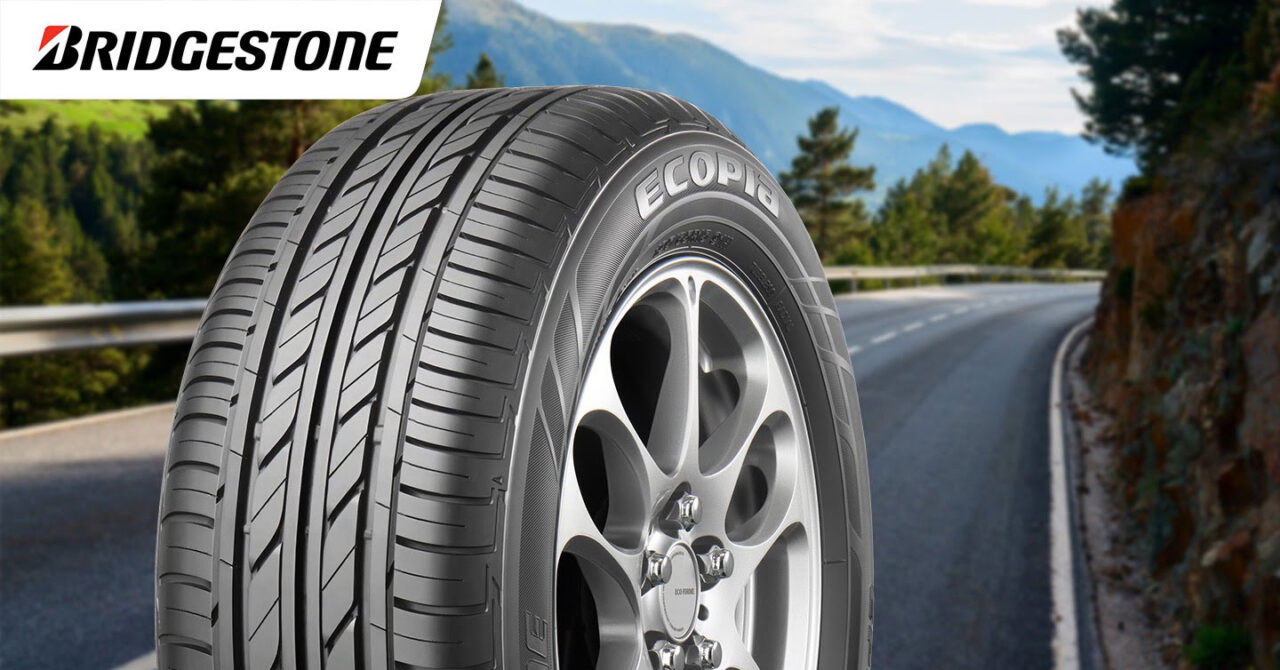
Save Money By Investing in FuelEfficient Tires Bridgestone Tires PH
The exact MPG that you'll lose with bigger tires depends on your vehicle, tread, the width of your tires, if you add a lift kit, and how many sizes you go up. The loss of fuel efficiency with larger tires could range anywhere from 2-25 percent of your current MPG. However, if you're only going up a size or two in diameter, you are liable to.

The 5 Best Low Rolling Resistance Tires For Fuel Economy Cutter CDJR
Reducing speed from 65 mph to 55 mph improved fuel economy by 6 mpg in the Altima and 8 mpg in the RAV4. The penalty of cruising at 75 mph, rather than 65 mph, was almost 7 mpg in the Altima and 6.
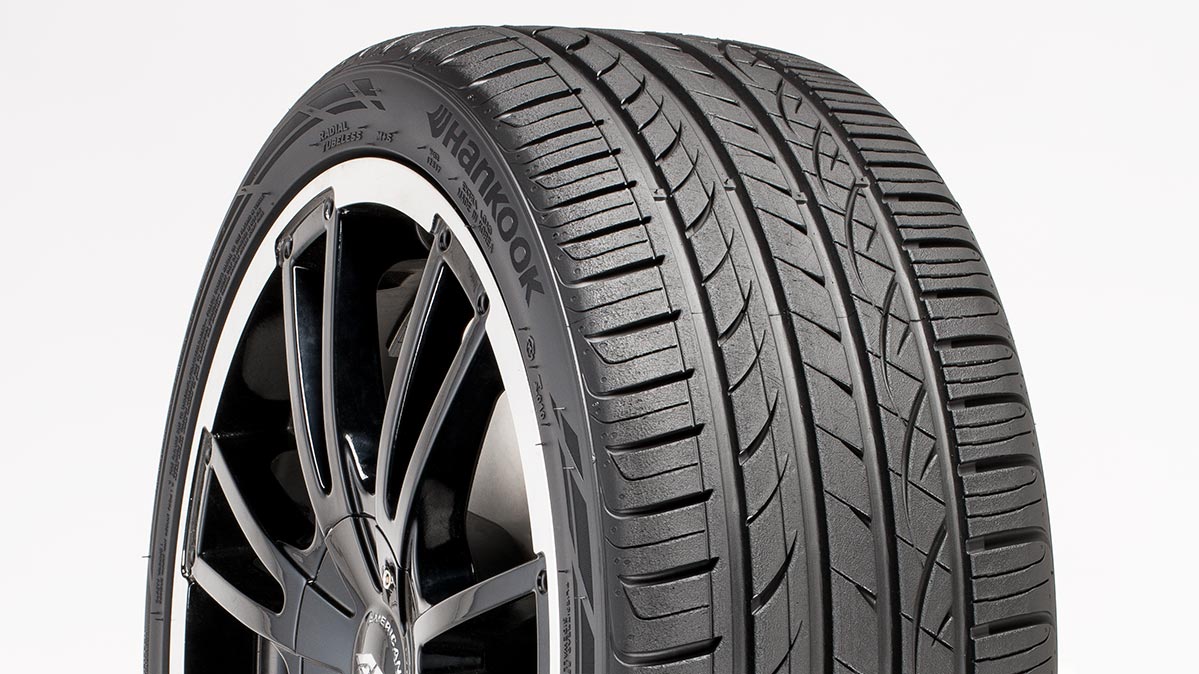
Tire Rolling Resistance and Fuel Economy Consumer Reports
The short answer: yes. Tires can make a big difference in the number of miles a driver gets to a tank of gas. In fact, 20% to 30% of a vehicle's fuel consumption and 24% of road vehicle CO2 emissions are tire-related. Tires affect vehicle fuel efficiency primarily through rolling resistance.

Best Fuel Efficient Tires Review! [2022]
5. Michelin Energy Saver A/S. Check Price. Designed for hybrids and fuel-efficient passenger cars, Michelin's Energy Saver A/S tires have been extensively engineered to help drivers realize the.

Tire Inflation Tips for Better Fuel Economy and LongerLasting Tires
Since the automotive industry estimates a 10% increase in tire rolling resistance will result in a 1% to 2% decrease in vehicle fuel economy, drivers should expect to experience a potential 2% to 4% decrease in mpg. 2. New, Full-Treaded Tires Travel Farther per Tire Revolution Than Shallow-Treaded, Worn Tires. Vehicles are programmed with their.
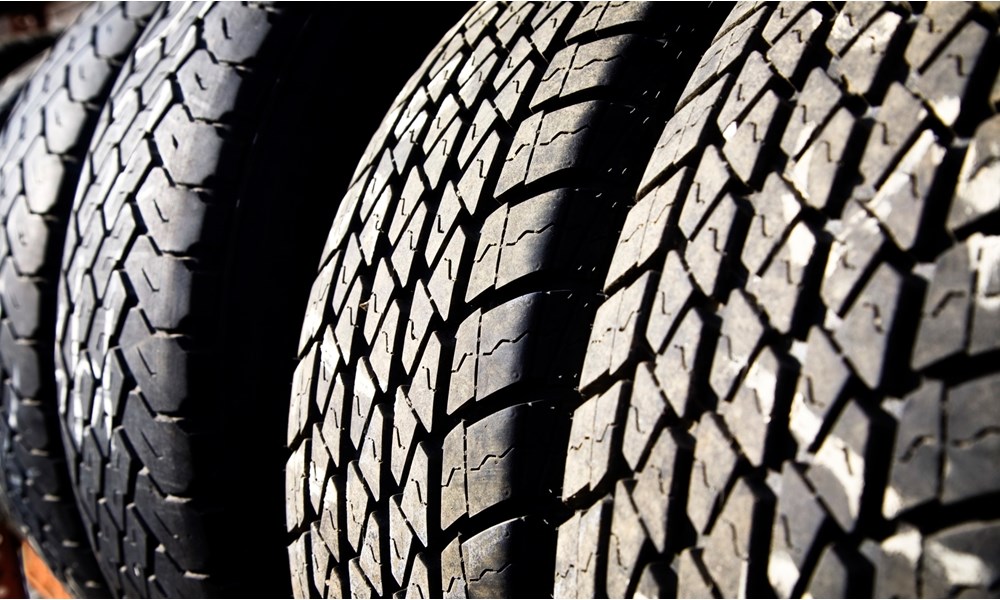
Ask a Technician How Do My Tires Affect My Fuel Economy?
Low Rolling Resistance Tires Pros And Cons. Review Process. Resources. Final Thoughts. Pirelli Scorpion Verde All Season. Michelin Energy Saver A/S. Firestone Champion Fuel Fighter. Goodyear Assurance Fuel Max. Bridgestone Ecopia EP422 Plus.

Best Fuel Efficient Tires Review! [2022]
Description & Review. The Michelin CrossClimate 2 stands as a high-performing Grand Touring All-Season tire, versatile enough for a variety of vehicles. This tire assures the driver of an enjoyable ride every day, delivering reliable performance across dry, wet, and light snow conditions. Constructed with Michelin's cutting-edge technology.

Tires & Fuel Economy Calgary Hyundai
The tire performs well both on the road and away from it, which is exactly what you want out of a set of all-terrain tires. These tires will definitely get the job done, and help you out in the fuel department at the same time. Get Latest Price. 6. MICHELIN LTX A/T2 Tires.
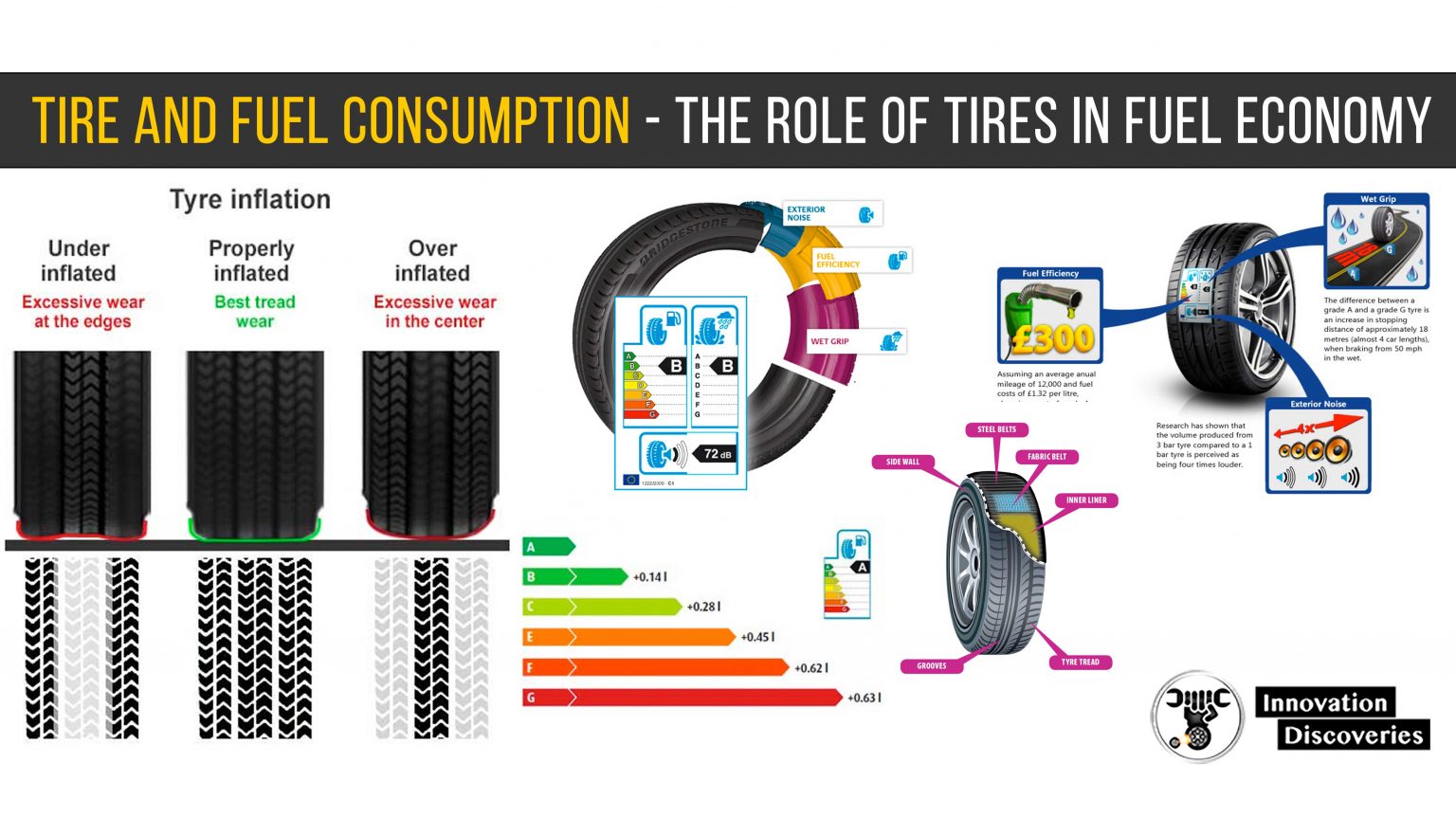
Tire and Fuel Consumption The role of tires in fuel economy
The Tire and Rubber Association of Canada (TRAC) found a 2 - 4% improvement in fuel economy when you switch to a fuel-efficient tire. Keep in mind that rolling resistance tests are performed in labs with fixed environments. Real-world results may vary due to road, weather and driving conditions. Other factors affect their efficiency.

How Tires Affect Fuel Economy for Truckers Fuel & Friction An
Today, tire makers are using the latest in technology to create tires that lower rolling resistance and add 2-8% in higher fuel mileage, which definitely adds up over time. Fuel efficient tires undergo rigorous testing by tire manufacturers to create a design that performs the expected functionality, with the added benefit of being fuel.